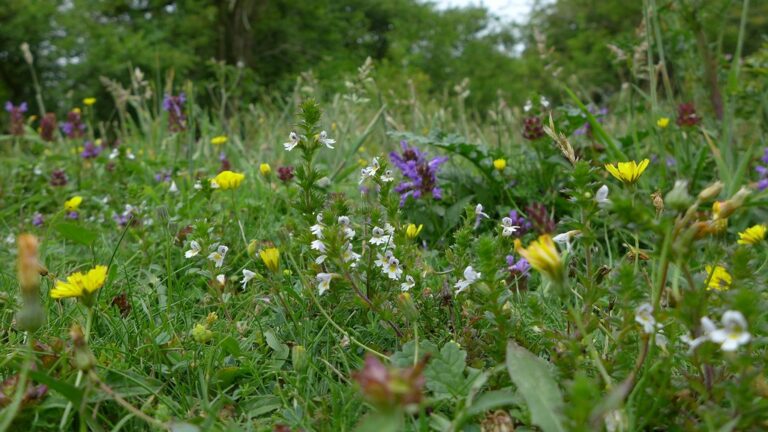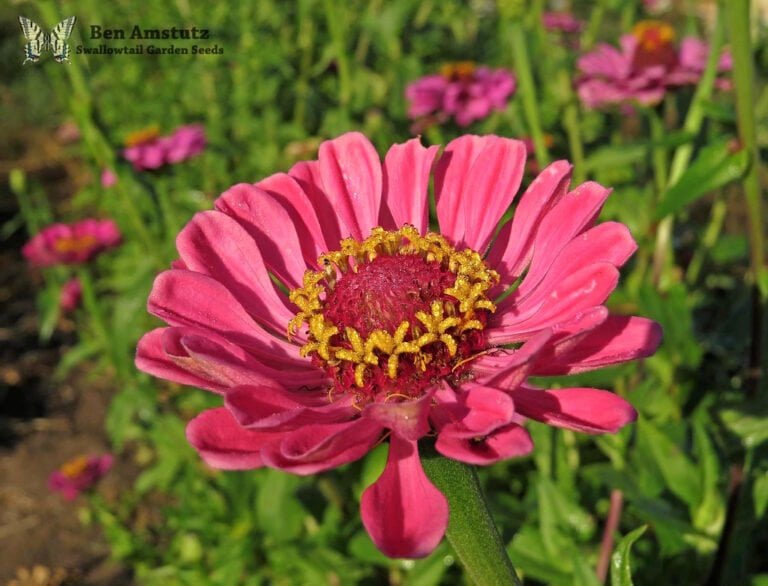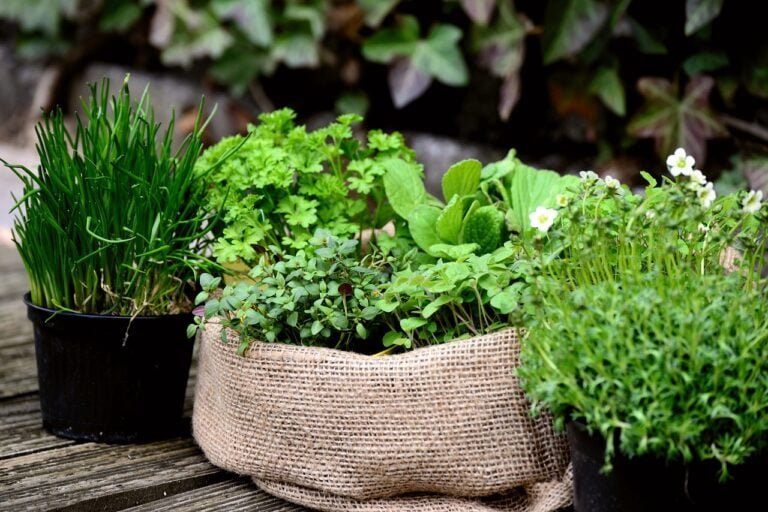Understanding the Growth Stages of Cherry Tomatoes
Exploring cherry tomato growth involves key stages. Seedlings require sun, water, and care. After moving, watch for shock. Space adequately for healthy outdoor growth. Vegetative phase concentrates on roots and leaves. Nitrogen is essential for leaf growth. Trim to enhance branching. Water and light critical for growth. Flowers require pollination for fruit. Self-pollination, wind, and insects play roles. Efficient pollination leads to a good harvest. Good flower care aids pollination. Consider environment for success. Careful attention during fruit formation necessary. Balanced care produces flavorful fruit. Ideal ripening requires perfect conditions. Stock up on knowledge for a thriving cherry tomato plant.
Seedling Stage
During the seedling stage of cherry tomatoes, proper care and attention are essential for ensuring the healthy development of the plants. This stage follows germination, where the initial leaves, called dicotyledon or seed leaves, emerge. Subsequently, true leaves resembling small tomato leaves begin to form. Adequate sunlight is critical during this phase as insufficient exposure can result in leggy and weak seedlings. To promote robust growth, it is essential to provide the seedlings with the right amount of water and nutrition.
Cherry tomato plants at the seedling stage require a delicate balance of care to thrive. Ensuring they receive ample sunlight is paramount, as light is a primary driver of photosynthesis, the process through which plants produce energy. Insufficient light can cause seedlings to stretch towards any available light source, resulting in weak stems. Water plays a key role in the seedlings’ development. Overwatering can lead to root rot, while underwatering can stunt growth. Therefore, maintaining proper soil moisture levels is crucial to supporting healthy cherry tomato seedling development.
In addition to sunlight and water, providing the seedlings with adequate nutrition is essential. A well-balanced fertilizer can supply the necessary nutrients for strong root development and overall growth. Careful attention to these factors during the seedling stage sets the foundation for healthy cherry tomato plants in subsequent growth stages.
Transplanting Stage
During the transplanting stage of cherry tomatoes, ensuring ideal conditions such as a well-draining soil mix and adequate sunlight is essential for the plants’ successful acclimatization. To prevent transplant shock, gently handle the seedlings by their leaves or root ball, avoiding damage to the delicate roots. Properly spacing the transplants in their new containers or garden beds allows for best air circulation and nutrient uptake, promoting healthy growth.
Ideal Transplanting Conditions
For ideal growth of cherry tomatoes, transplanting should occur outdoors when soil temperatures reach 65-70°F. This temperature range guarantees that the cherry tomato plants can establish themselves properly and begin growing vigorously. When transplanting, it is vital to provide the plants with proper spacing to allow for adequate air circulation and ideal sunlight exposure. Additionally, planting cherry tomatoes in well-drained soil is necessary for healthy root development and efficient nutrient absorption. Consider using raised beds or containers to have better control over soil quality and drainage, promoting ideal growth conditions. It’s also important to schedule transplanting after the last frost date to prevent exposure to cold temperatures that could hinder growth.
Transplant Shock Prevention
To minimize transplant shock in cherry tomatoes, careful preparation of seedlings is essential to guarantee successful acclimatization to the new environment. Gradually acclimating the seedlings to outdoor conditions reduces the risk of transplant shock. Before moving, make sure to water the seedlings thoroughly to help them establish in their new surroundings. Opt for a cloudy day or late afternoon for transplantation to minimize stress on the plants. Providing shade or cover for the newly transplanted seedlings can protect them from excessive sunlight and aid in their recovery process. By following these steps attentively, you can greatly reduce the chances of transplant shock in cherry tomatoes and support their successful growth in the garden.
Vegetative Growth Stage
In the vegetative growth stage of cherry tomatoes, the plants focus on developing a strong root system to support nutrient uptake and stability, while also increasing leaf production to maximize photosynthesis efficiency. This stage is pivotal for the overall health and development of the tomato plant. Adequate nitrogen levels are critical during this phase as nitrogen promotes leaf growth, ensuring the plant’s ability to photosynthesize efficiently. Pruning practices play a significant role in encouraging branching, which leads to increased leaf formation and improves the plant’s vigor.
Consistent watering is essential to support the plant’s growth during this stage. Water is essential for nutrient absorption and transportation within the plant, aiding in the development of a strong root system. Proper nutrition is also key; providing the necessary nutrients ensures the plant has the resources required for robust leaf production and overall growth.
Moreover, sunlight is a critical factor in the vegetative growth stage. Sunlight is the primary energy source for photosynthesis, driving the production of sugars essential for plant growth. Adequate exposure to sunlight fosters healthy leaf development and overall plant vitality.
Flowering Stage
During the flowering stage of cherry tomatoes, the pollination process plays an important role in fruit development. Understanding the timeline of fruit development is essential for optimizing yield. Monitoring pollination methods and recognizing successful outcomes improve the potential for a successful harvest.
Pollination Process
Pollination in cherry tomatoes relies on various mechanisms such as wind, insects, or self-pollination to achieve successful fertilization. During the flowering stage, it is important to monitor flower development closely to guarantee successful pollination. Here are three key points about the pollination process in cherry tomatoes:
- Successful pollination results in the presence of bright yellow pollen on the flowers, indicating that fertilization has occurred.
- Extreme temperatures above 85°F can hinder the pollination process in cherry tomatoes, leading to potential pollination failure.
- Self-pollination can occur in cherry tomatoes, but external factors like wind and insects play a significant role in enhancing pollination efficiency.
Fruit Development Timeline
Upon reaching a height of 12-18 inches, cherry tomato plants enter the flowering stage, initiating the fruit development timeline. During this critical phase, temperature fluctuations above 85°F or below 55°F can result in flower loss, impacting successful pollination. For pollination to occur effectively, cherry tomato plants require fully opened flowers with visible yellow pollen. It is essential to meticulously monitor temperatures to prevent flower loss during this flowering stage. These conditions are pivotal for progressing through the growth stages of cherry tomatoes and ensuring a robust fruit development process. By understanding the intricacies of the flowering stage and its significance in successful pollination, gardeners can optimize conditions for cherry tomato plants to thrive and yield bountiful harvests.
Pollination Stage
Cherry tomatoes depend on various natural mechanisms such as self-pollination, wind, insects, and movement to facilitate the important pollination stage. Understanding the intricacies of the pollination process in cherry tomatoes is essential for ensuring a successful harvest. Here are three key points to keep in mind during the pollination stage:
- Self-Pollination and External Factors: Cherry tomato plants have the ability to self-pollinate, but they also benefit from external factors like wind and insects. Wind helps in dispersing pollen between flowers, while insects such as bees play a crucial role in transferring pollen, aiding in the fertilization process.
- Bright Yellow Pollen Indication: A sign of successful pollination in cherry tomatoes is the appearance of bright yellow pollen on the flowers. This visual cue indicates that the transfer of pollen has occurred efficiently, leading to the potential development of fruits.
- Optimal Flower Care and Conditions: To encourage successful pollination, proper flower care is vital. Monitoring flower development and ensuring suitable environmental conditions, such as moderate temperatures and adequate humidity levels, can enhance the chances of successful pollination in cherry tomato plants. However, extreme temperatures above 85°F can negatively impact pollination, underscoring the need for careful attention to plant surroundings during this critical stage.
Fruit Formation Stage
During the fruit formation stage of cherry tomatoes, meticulous care and attention are important to guarantee excellent development and quality of the fruits. As pollinated flowers undergo the change into small green cherry tomato fruits, it is vital to provide balanced fertilization to support healthy growth. Regular watering is also crucial during this stage, as any water deficit can result in issues such as blossom end rot in cherry tomatoes, impacting their overall quality.
The shift from flowers to fruit in cherry tomatoes marks a significant progression in the growth cycle. This phase requires proper care to make sure that the fruits develop to their full potential. By maintaining excellent growing conditions and monitoring for any signs of nutrient deficiencies or diseases, one can help the cherry tomatoes reach their peak in terms of flavor and maturity.
Ripening Stage
To achieve ideal ripening of cherry tomatoes, it is important to carefully manage environmental factors such as temperature, water, and light exposure. During the ripening stage, the following key points are critical for best fruit development:
- Temperature Control: Cherry tomatoes ripen best at temperatures ranging between 68-77°F. Maintaining these ideal conditions is crucial for flavor development. Fluctuations outside this range can result in poor taste and texture of the fruit.
- Managing Water: Proper water management is vital during the ripening stage. Reducing watering once the fruits start showing color helps improve ripening and flavor. Over-watering can lead to dilution of flavors and potential cracking of the fruits.
- Controlling Sunlight Exposure: Sunlight exposure plays a significant role in the ripening process. While cherry tomatoes need sunlight for photosynthesis and flavor development, excessive exposure can cause sunscald, damaging the fruit quality. Ensuring the right balance of sunlight exposure is important for achieving even color and best ripeness.






